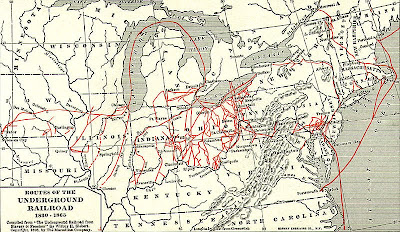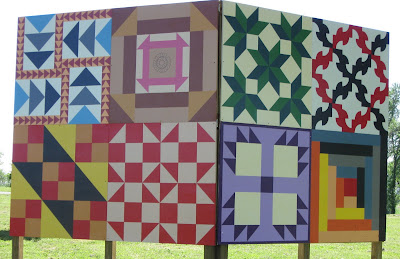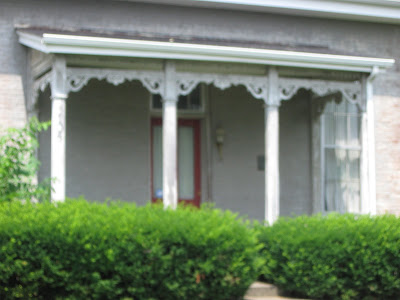
Maria in her front yard garden
"I never planted anything in my life until eight years ago. Then when I moved here my thoughts just turned to plants. The results you see around me are how I envisioned my garden. It has taken a few years to get to this arrangement."
These words were expressed to me recently when I stopped to snap a few photos of Maria's front yard. I asked permission to take a few photos and as a result met a fine woman with a good heart.
Her garden is a joyous spectacle. It is a folk garden. She has turned her front yard into a creative, contextual, unrestrained, exuberant, garden -- all defining words of folk art. Her collection of memories, stones, whimseys, plants, colors, and water are all organized in the garden much to her inner delight.
She plants mostly shade perennials as there is a large grandfather tree that hangs over part of the garden. She loves all colors and changes colors as the whim hits her. She will repaint all the garden items another color whenever she gets in the mood. Right now red predominates on chairs, birdhouses. and some planters.
She has put together family memories through the use of her grandmother's iron pots.
Water was an important element to her garden. She with the labor of her daughter created a pond -- she surrounded the pond with her collection of stones. Maria loves stones and collects them locally from creek beds. But she has collected stones from as far away as Washington state. She mailed a beautiful boulder home from the west that cost her fifty dollars in freight charges.
A young hibiscus puts on a lovely show near the street-edge of the garden.
A small sitting area is located near the pond. A reflection of the inviting context of the whole garden.
Maria told me that she has many of the plants because folks have given her starts and also she has rescused some plants from fields and old homesteads. Also, that some of the old statuary was given to her by neighbors. She said this season she only spent seven dollars on plants.
Collections of old statuary items contribute to the definition of her folk garden.

Neighbor's complimentary folksy planted bathtub complete with garden ducks and lots of red and pink petunias.
Across the street from Maria's home is a friendly neighbor that compliments her front yard garden by putting on a folksy show using a bath tub as a planter.
Maria has created a "dancing" front yard garden that reaches out to friends and neighbors. All in the small town of Berea, Kentucky.
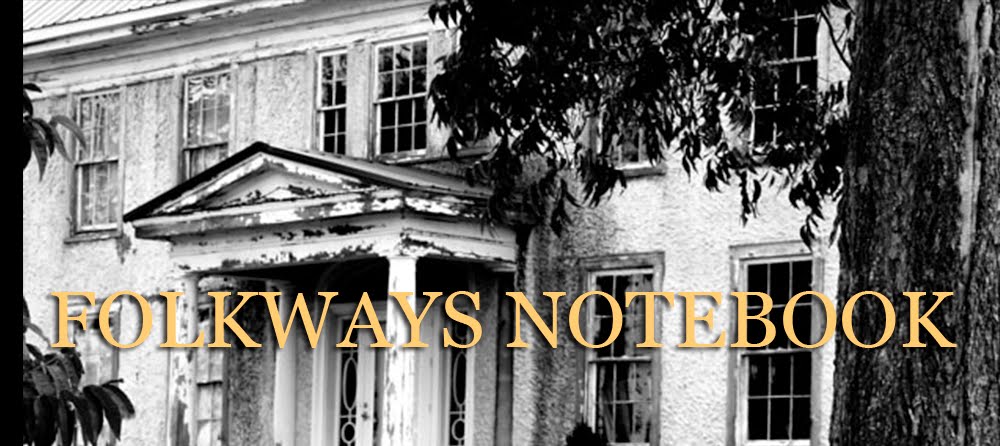












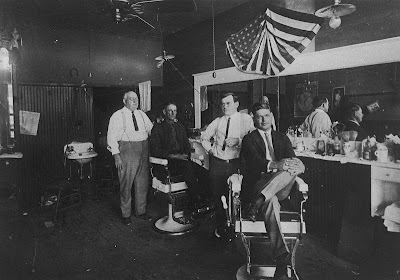



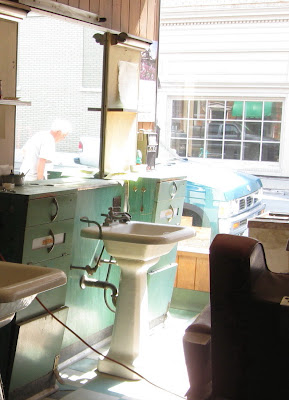

1.jpg)




